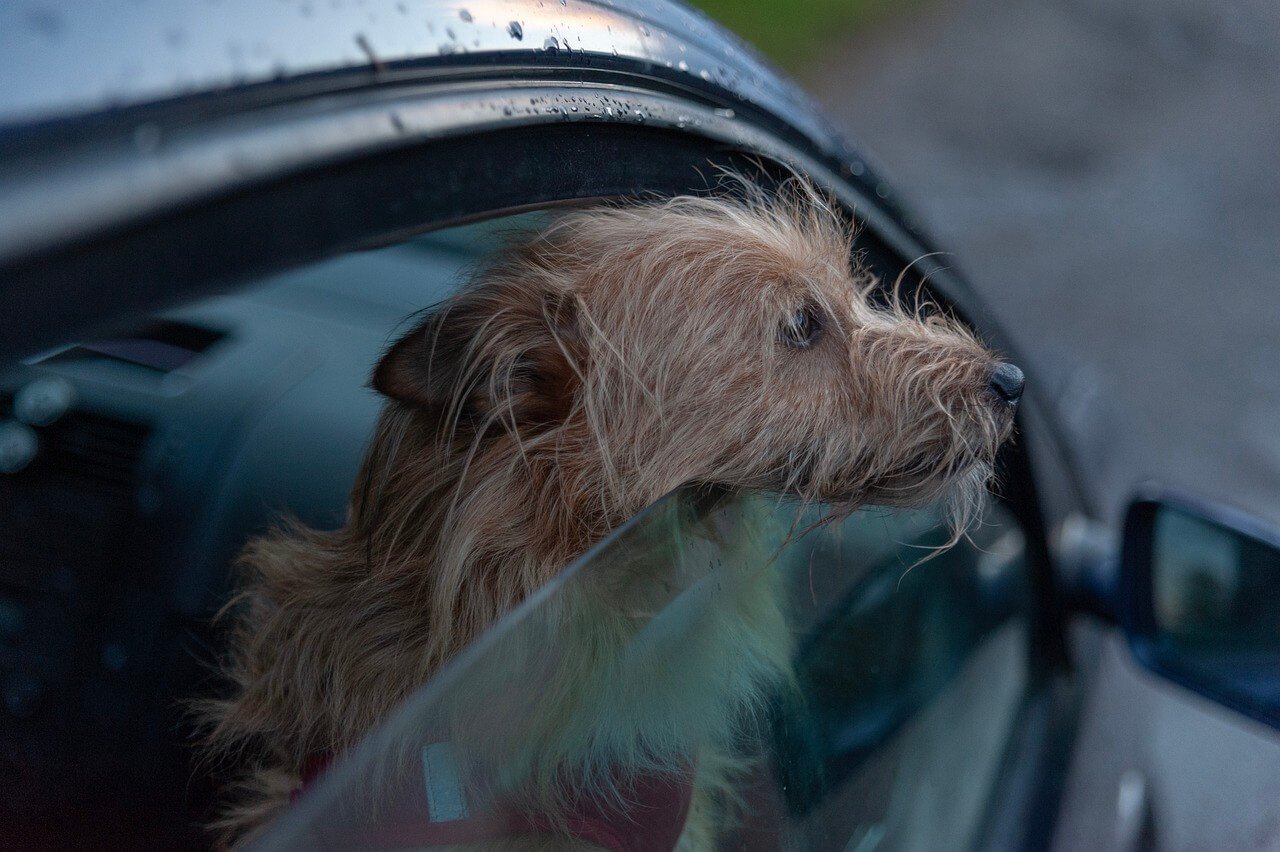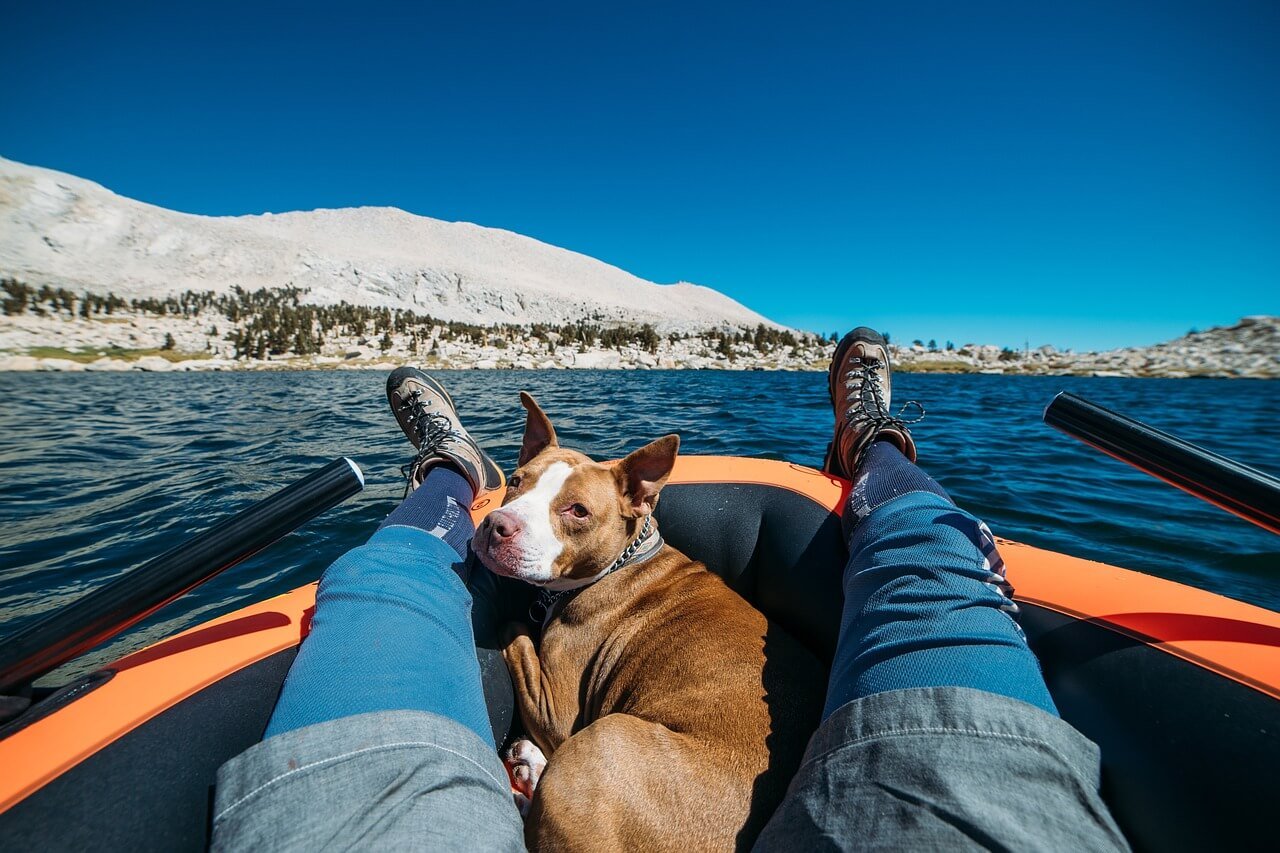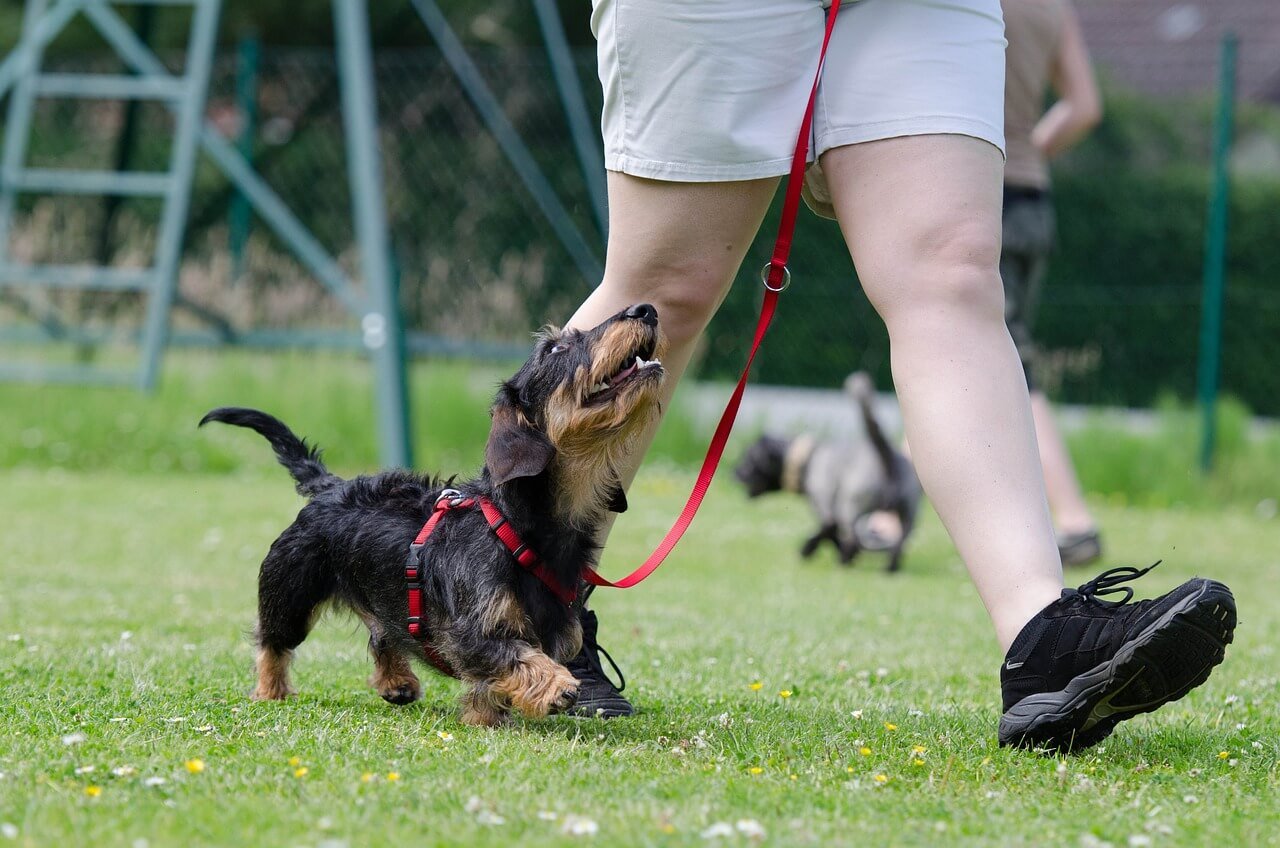They say, sometimes, the best therapy is a long drive and the best therapist has fur and four legs. But they never said that at times car rides with these furry companions may be so stressful, that we end up needing therapy after! Well, car rides with our dog buds do not have to be so stressful if we could only tone up their safety and comfort in a moving car. Read on to learn more about car safety here.
Potential risks our dogs face in moving cars
Impact of a moving vehicle
How a moving or car ride may impact our pets is almost always unknown. This is primarily because unlike us, they cannot pre-empt twists and turns on the road and balance themselves accordingly. This usually leads to erratic movements and frequent imbalances leading to minor or major injuries, stress, and possibly motion sickness.
Risk of falling off the seat belt
Sudden breaks or sharp turns usually mean risking a fall for your dog, especially when they are not secured on the passenger seat back. This is highly dangerous, especially for smaller dogs as the fall might be impactful and they may not be able to pick themselves back on the seat.
Risk involving falling off of a moving vehicle
One of the biggest risks of traveling with a dog is the possibility of them falling off of a moving car. It could happen due to an accident or a variety of reasons like speed, bumps on the road, lack of supervision, sharp turns, or something exciting catching your dog’s eye and their inability to control that impulse.
Risk of distracting the driver
Is there anything more distracting than having a dog in the car that has free range of the entire car and wants to cling to you while you are driving? This can be especially dangerous while going at a speed of over 60 MPH on the highway.
Motion sickness
Motion sickness can take the form of vomiting, diarrhea, stress, anxiety, excessive vocalization, and so on in dogs. Lack of proper restraint usually ends up aggravating motion sickness as it may add to erratic movements and severe impacts.
General stress and anxiety in a moving car
The unfamiliar environment around the dog harness the vehicle, twists and turns on the road, lack of control, unknown sounds, and sights, vehicle vibrations, travel sickness, etc are all factors that may cause severe anxiety in dogs. Dogs are creatures of habit and tend to feel at ease when things around them are familiar and predictable.
Pet theft and other mishaps
The chances of pet theft are exponentially high when the dog is left alone in the car. Leaving a dog unattended in a turned-off vehicle on a hot summer day is like putting them on a death sentence. The effects of overheating can be potentially fatal. Furthermore, leaving your dog alone in a car with the AC on is also risky as good-intended people may break open your car’s window to rescue your “dying dog.”
Essential Safety Tips
Secure your dog with appropriate restraints
Dog seat belts are a great way to ensure the safety of your dog in a moving car. It restricts unnecessary movements, reduces impacts, and prevents your dog from falling off. States like Rhode Island, Hawaii, and New Jersey legally require dogs to buckle up in the car. Apart from the safety harnesses the variety of benefits it offers, dog seat belts considerably minimize distractions to the driver, thereby preventing accidents.
Use a crate if necessary
Amidst the unfamiliarity that comes with a dog ride in moving car, a crate helps provide your dog with a familiar and comfortable environment to rest in. Crates are known to reduce anxiety and help dogs settle down faster in moving vehicles. Portable dog carriers make a viable option for short and long distances.
Watch the windows
If your dog loves putting their head outside the car to enjoy the view, make sure to accompany them by sitting right next to them and holding them tight. An appropriate restraint would also do the trick in ensuring their safety. In a speedy vehicle, your dog may be very distracted driving at risk of injury from flying debris, insects, gravel, dust, or even other vehicles.
Manage your dog’s anxiety
If your dog is known to have anxiety in a moving vehicle, try to manage it by giving them something to be engaged with. Calming chews, frozen treats, and licki mats work wonders in reducing stress and anxiety. You could also consider other options like thunder shirts, hemp chews, and pheromone products.
Take frequent breaks during longer drives
When traveling long distances, take frequent breaks and let your dog out to relieve themselves, drink water, and smell some fresh grass. This can help ease travel for your dog to a great extent. Play and a short walk amidst travel would also how to keep dog safe in car and the association positive and help your dog sleep better in the moving car for the rest of the trip. Keep food intake to a minimum to prevent vomiting.
Consider booster seats for smaller dogs
Booster dog safety seats or console dog car seats are specifically designed to secure your furry companion in one place. This prevents unnecessary movements and the risk of falling off in or outside the car. Did you know, that placing your dog in a booster seat in the back can protect them from the force of deploying airbags in the front? Airbags that are designed for humans in case of accidents are highly dangerous for dogs.
Cama para asiento de coche para perros, Asiento de automóvil para perros - Primera clase
 Cama para asiento de coche para perros, Asiento de automóvil para perros - Primera clase
Cama para asiento de coche para perros, Asiento de automóvil para perros - Primera clase







